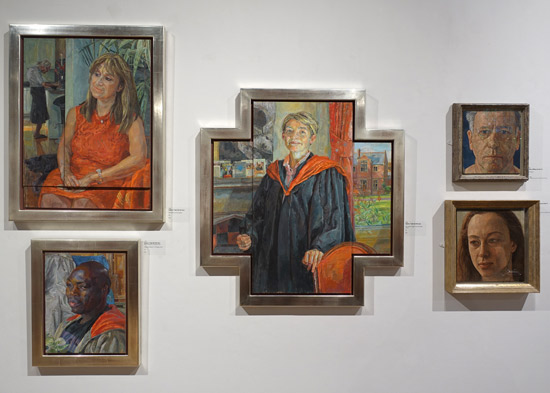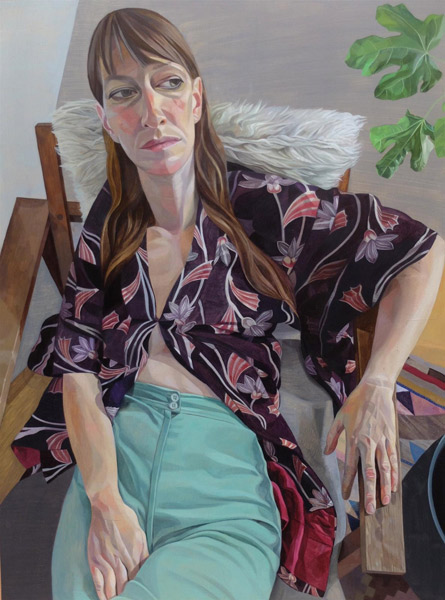- a record of the first 250 years of the Summer Exhibition at the Royal Academy of Arts;
- a major scholarly endeavour; and
- a TOTAL TIMESINK for
- anybody who has been visiting the Summer Exhibition for years and/or
- anybody with an interest in art history
 |
| The Royal Academy of Arts Summer Exhibition A Chronicle 1769-2018 |
What is "The Royal Academy of Arts Summer Exhibition A Chronicle 1769-2018"?
The Chronicle is a database - and I recommend a wide screen for viewing! The menu can be found in the top right hand corner.
There's also a video which I'm including AFTER the "read more page break" as I'm not sure it's been suitably sized for all devices.
It covers every year of the last 250 years. The decades are down the left handside of the screen and when you click a decade the individual years within that decade open up.
If you're like me you will tend to dive in at the decade when you first started going to the exhibition regularly. As you can see below, each year had a major image - and then small thumbnails for the individual years down the left hand side.
The Introduction (accessed via menu top right of screen) states (with my bullet pointing)
Welcome to The Royal Academy Summer Exhibition: A Chronicle, 1769–2018, an open access and peer-reviewed digital publication produced by the Paul Mellon Centre for Studies in British Art. The RA Chronicle comprises two main parts.
- First of all, it offers a lively and informative year-by-year account of the Summer Exhibition’s remarkable history. This succession of short, illustrated texts, written by more than ninety art historians, curators, artists, and critics, is designed to highlight key issues, works, or artists from a particular year’s display. To provide a broader context for these accounts, each text is accompanied by factual and statistical details, such as attendance and submission figures, relating to that year’s Exhibition.
- Second, the RA Chronicle publishes a major digital database that makes the catalogues for every single Royal Academy Summer Exhibition available online as fully searchable texts.
- Together, the two parts of the RA Chronicle will be a permanent research resource for all those interested in the history of the Summer Exhibition.
It highlights the fact that the Summer Exhibition has been located at a succession of venues as the RA changed its home - Pall Mall, Somerset House, Trafalgar Square, and Burlington House - and has changed in size over the years in terms of numbers of paintings hung and the number of visitors each summer
The intention was to produce a counterpoint to the theme of the 2018 Summer Exhibition "Art Made Now" - as determined by Grayson Perry.
The notion emerged of providing an idea of how the exhibition has changed every year in the past.
to develop an online art-historical chronicle that focuses on each individual exhibition in turn and discusses something especially interesting about its character or contents. To enable us to carry out this ambitious project, we have asked more than ninety scholars, curators, critics, and artists to produce concise essays, of around 1,200 words each, about individual Summer Exhibitions. Some have written one or two—others a few more.
Do have a look at the gallery of illustrations used across the different years - and if you're anything like me - give yourself the mental challenge of seeing how well you do at recognising them with no clues other than the image!
These relate to the pages for each year which include typically a couple of illustrations to accompany the essay written for that year
You can find out who wrote which year in this Index of Authors
I came across it via this article The Summer Exhibition Chronicle by Charles Saumarez Smith who is the current Secretary and Chief Executive of the Royal Academy of Arts in London and also a cultural historian. He also wrote the entries for 1949 and 2006.
There is also an Index of Exhibitors - all those who have ever exhibited at any of the 250 Summer Exhibitions covered by the Chronicle. If you've ever exhibited your name is in there!























